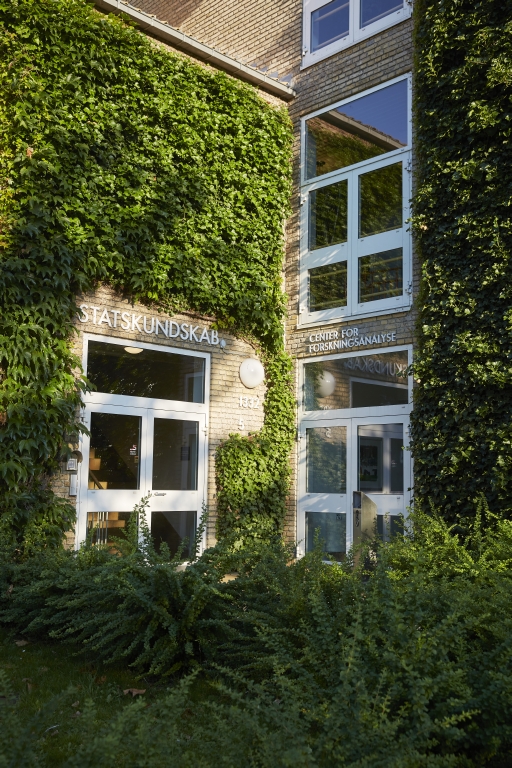21 per cent of all citations go to the elite
In the last 15 years, elite researchers have increased their share of citations from 14 to 21 per cent, shows new research from Aarhus BSS at Aarhus University. The uneven distribution can have negative consequences for research.

In the span of only 15 years, a small academic elite has increased its share of academic citations significantly. In the year 2000, 14 per cent of all citations went to the top one percent of the most cited researchers. New research shows that this figure had risen to 21 per cent in 2015.
The people behind these remarkable findings are senior researcher Jens Peter Andersen, Danish Center for Studies in Research and Research Policy (CFA) at Aarhus BSS, Aarhus University, and associate professor Mathias Wullum Nielsen (former CFA, now University of Copenhagen). Their examination of almost 26 million scientific papers and four million authors has just been published in the well-established interdisciplinary journal Proceedings of the National Academy of Sciences (PNAS).
“We had expected an increase, but we are surprised to find such a large one, meaning that more than every fifth citation now goes to such a small elite. This development might cause worry because we risk that a small powerful elite acquires immense influence on research ideas; on what is even considered as research topics,” says Jens Peter Andersen.
A monopoly on the marketplace of ideas?
You could ask whether healthy competition exists when one per cent of researchers receive such a large share of the citations? Jens Peter Andersen points out that the trend can lead to an increased ‘monopoly on the marketplace of ideas’.
According to Jens Peter Andersen, increased international competition leads to an academic world marked by greater inequality and in which the most cited researchers attract a growing part of the attention.
“Our data show that there is an elite who increasingly sets the agenda for the production of knowledge,” says Jens Peter Andersen and continues:
“When established researchers set the agenda, we risk a stagnation in breakthroughs. This is a problem of diversity, not only related to those who get the opportunity to do research but also to the scope of ideas and methods that are accommodated - ideas and methods that could develop research along new lines.”
An accelerating trend
The data do not say anything about the cause of the increasing citation concentration.
"You could imagine a self-reinforcing circle in which numerous citations lead to more grants and a broader network as a researcher, triggering an even larger number of citations," says Jens Peter Andersen.
According to Jens Peter Andersen, this has unfortunate consequences for the majority of researchers, seeing as citations play a large role in the applications for research funds and employment.
“It is not a one-to-one correlation, but all things being equal, those who receive many citations will often receive more grants and have an easier time getting accepted by the right places,” says Jens Peter Andersen and continues:
“This makes it more difficult for others.”
Jens Peter Andersen does not expect the accelerating trend to stop here, but rather a further increase in grants, publications and citations among elite researchers.
“We are now seeing more huge teams and interdisciplinary collaborations, the fusion of research fields, big data as well as improved measurements and computational techniques, and these factors could all play a role in increased citation concentration. However, it will require additional research to establish this link,” he concludes.
- The article is a part of the Independent Research Fund Denmark’s project ”Scientific Elites” which examines different aspects of the elites’ education, characteristics and mechanisms for retaining their positions and will run until 2024. Read more about the ”Scientific Elites” project.
- Read Jens Peter Andersen and Mathias Wullum Nielsen's article "Global citation inequality is on the rise", published in PNAS.
- Read Nature's mentioning of the research in the article ''Elite' researchers dominate citation space'